Thanks
Dragonflies like Hawkers and Emperors usually patrol a patch so just watch for their movements, then try to pick a bit of pond/river with a decent background. I shoot in manual 1/1250 will slow the wings down plenty so start there, f8 will give you a reasonable DOF but try to keep your ISO within the limits of the noise your camera puts out. Manual focus as well. Focus on a bit of bank about the distance the dragon has been flying, 300mm is a good starting point as anything over gets more difficult to track 600mm is very hard and I then keep both eyes open. Dragonflies are very contrasty so easy to tell when in focus. I have shown a few people how to do it after they thought it was impossible and they got results after a short time trying. It is addictive though.
 Banded Agrion by Michael Johnson, on Flickr
Banded Agrion by Michael Johnson, on Flickr Banded Agrion by Michael Johnson, on Flickr
Banded Agrion by Michael Johnson, on Flickr

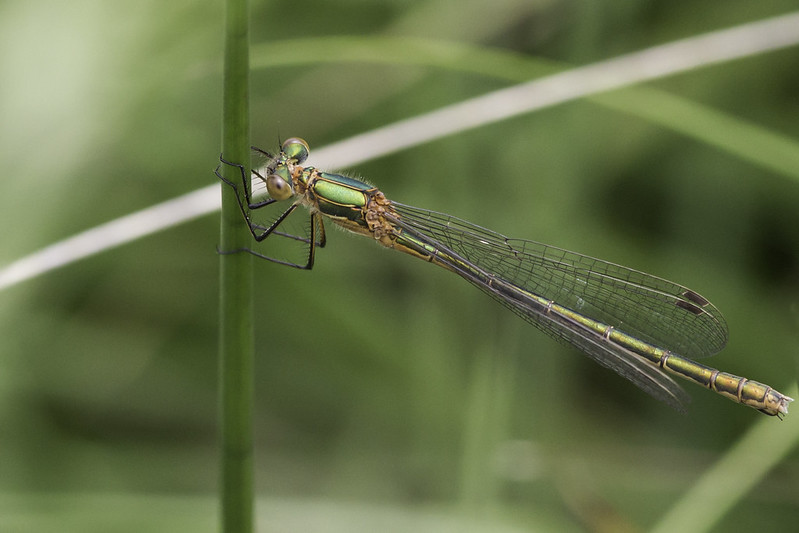


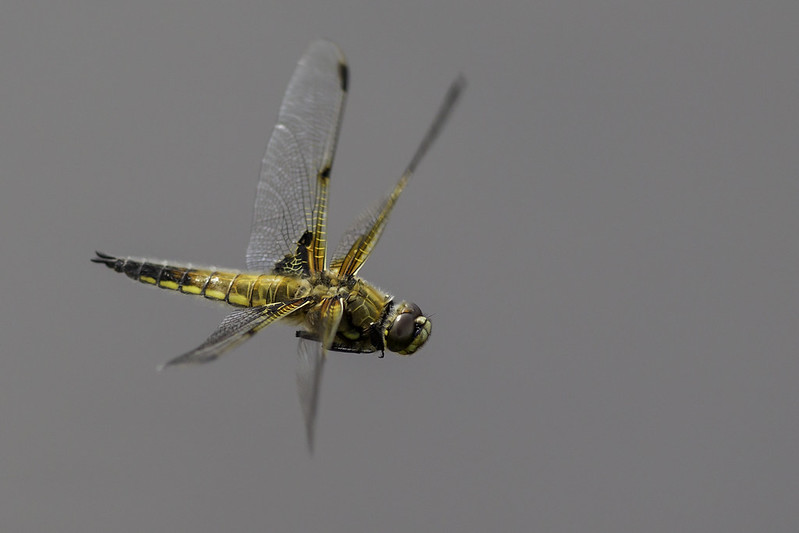
 souther hawker i think 'record shot'
souther hawker i think 'record shot' Four Spotted Chaser
Four Spotted Chaser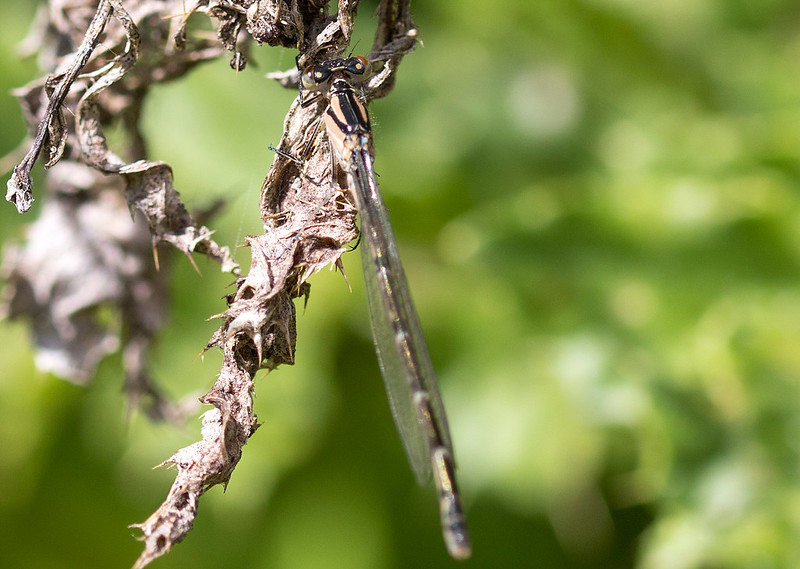 blue tailed damselfly
blue tailed damselfly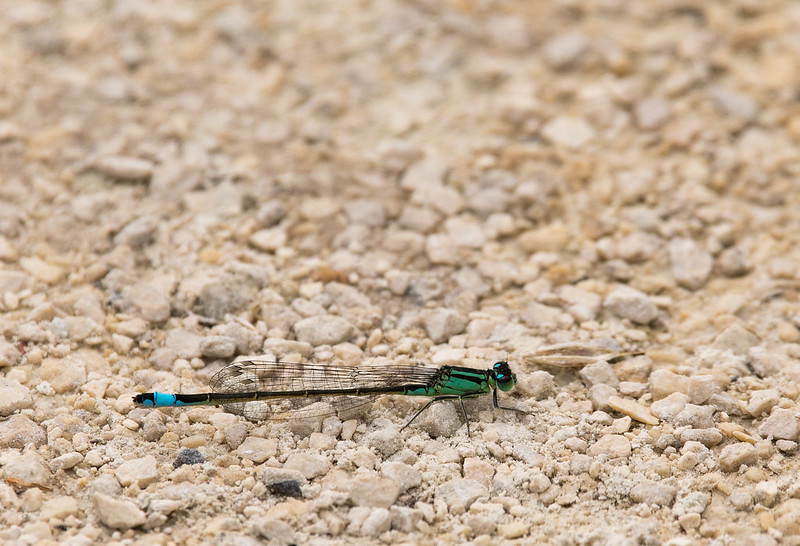 blue tailed damselfly #2
blue tailed damselfly #2
 Emperor Dragonfly (F) Anax imperator
Emperor Dragonfly (F) Anax imperator 4Y8A0210
4Y8A0210 648A2549-2
648A2549-2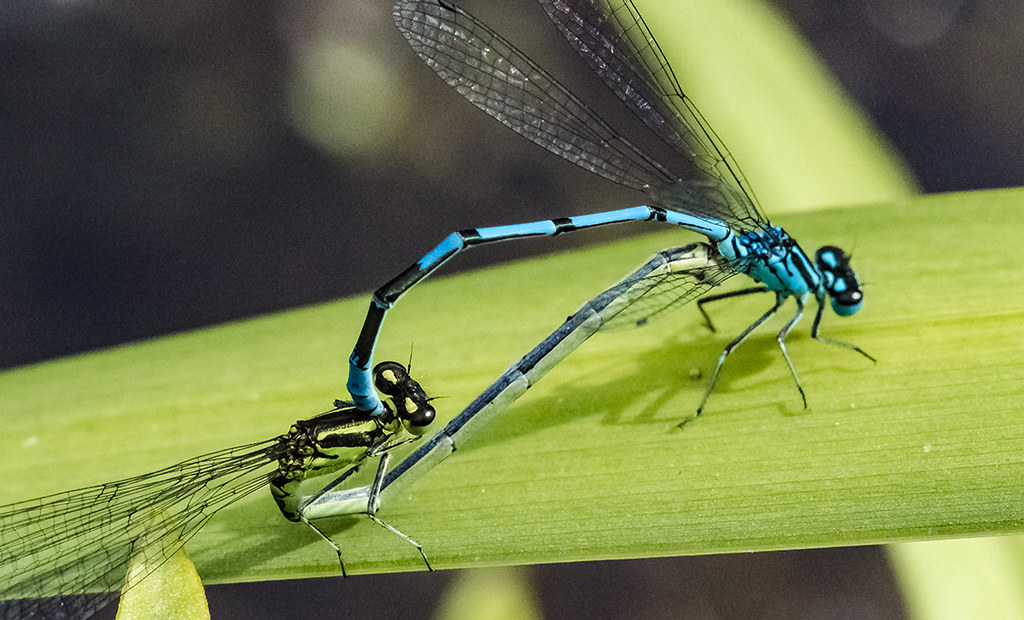 IMG_0473
IMG_0473 IMG_0399
IMG_0399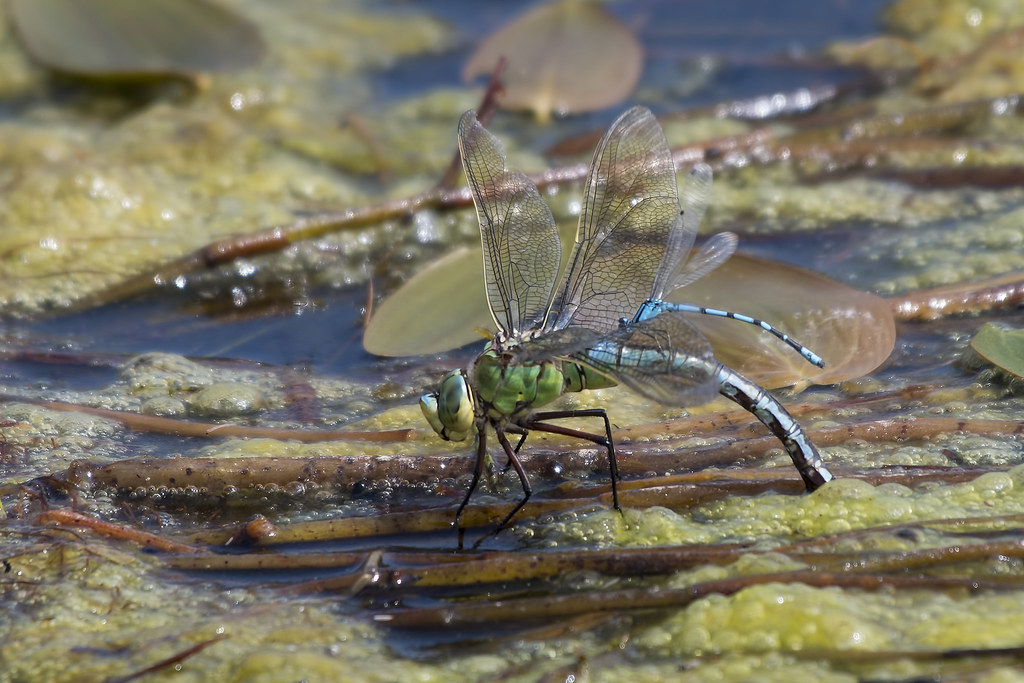 Emperor Dragonfly And Common Blue Damselfly
Emperor Dragonfly And Common Blue Damselfly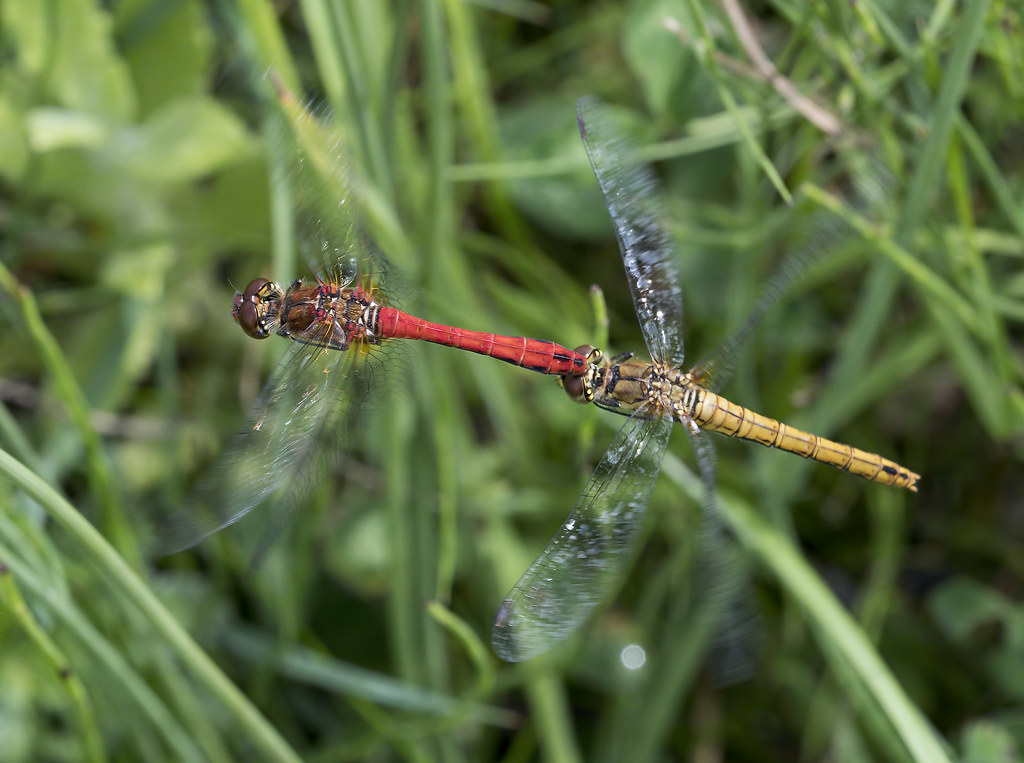 Ruddy Darters
Ruddy Darters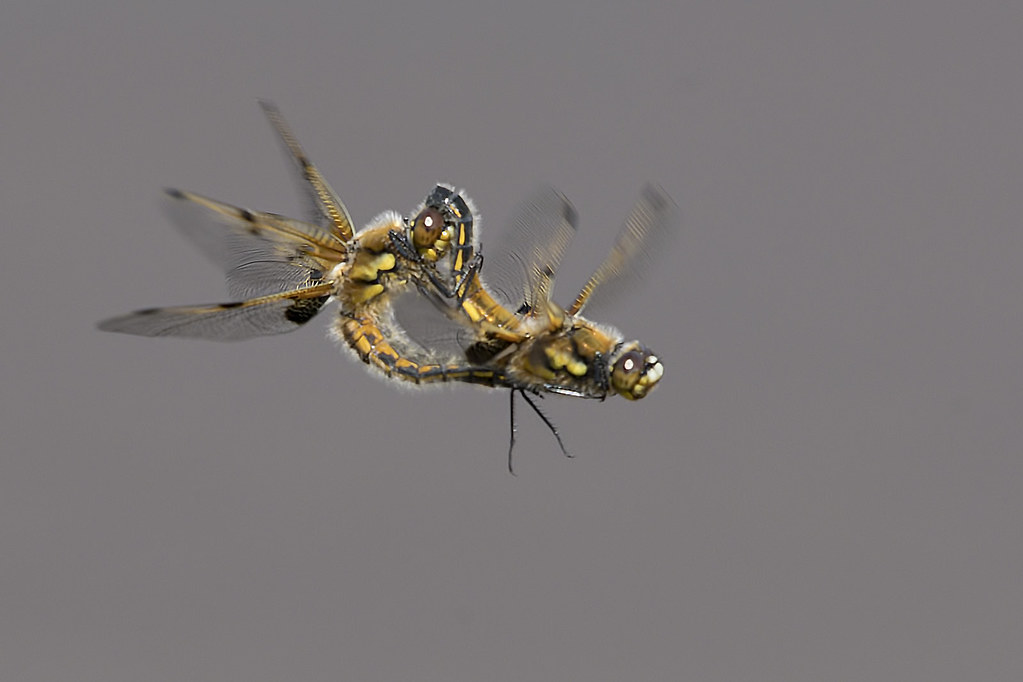 Four-Spotted Chaser Mating Wheel
Four-Spotted Chaser Mating Wheel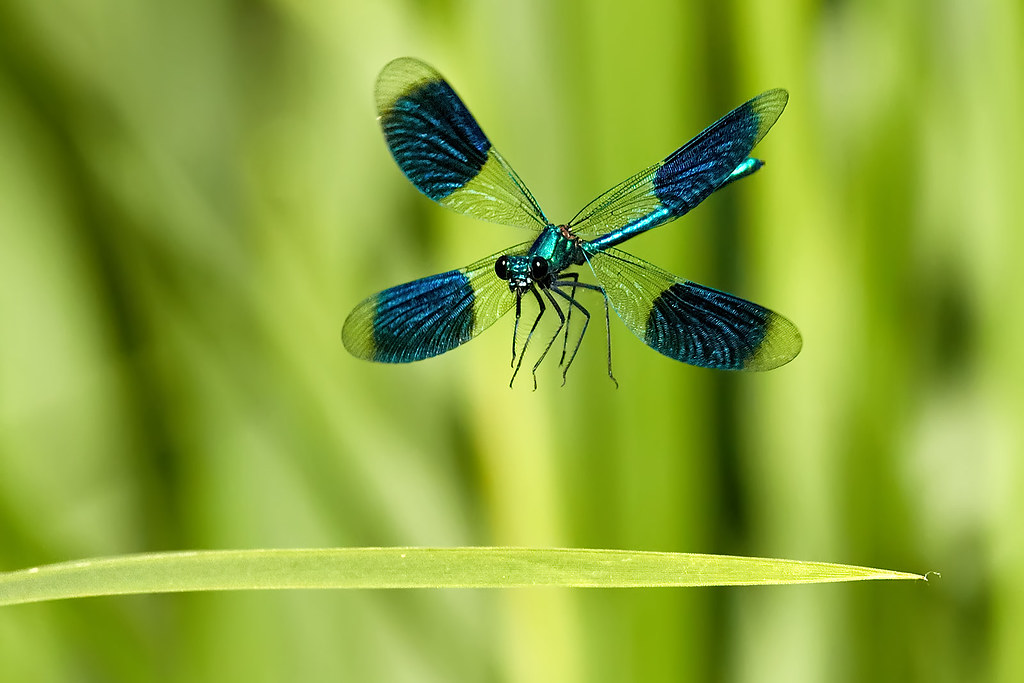




 Old Moor, Black Tailed Skimmer #2
Old Moor, Black Tailed Skimmer #2 Ruddy Darter
Ruddy Darter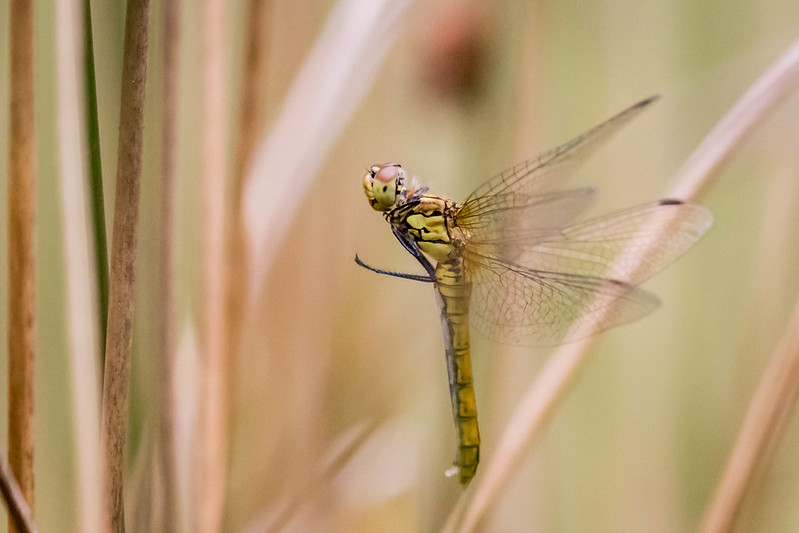 4Y8A1433.jpg
4Y8A1433.jpg 4Y8A1081.jpg
4Y8A1081.jpg
 Brown Hawker
Brown Hawker Brown Hawker
Brown Hawker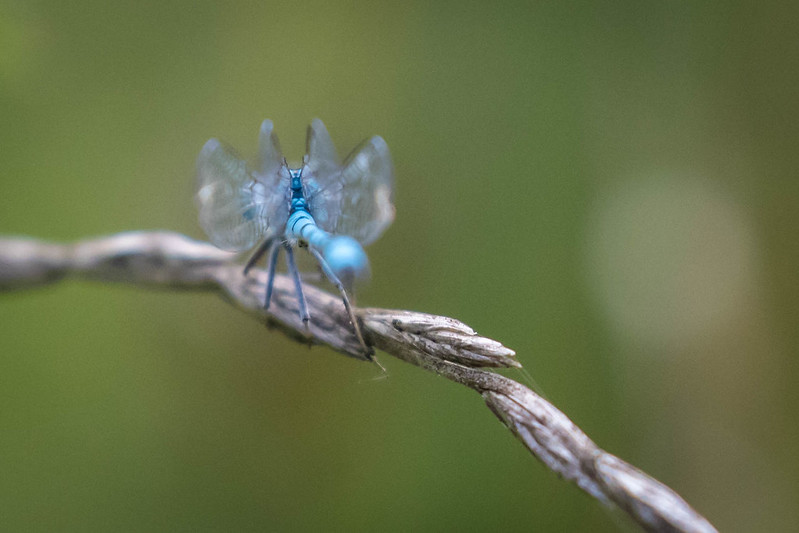 common blue
common blue







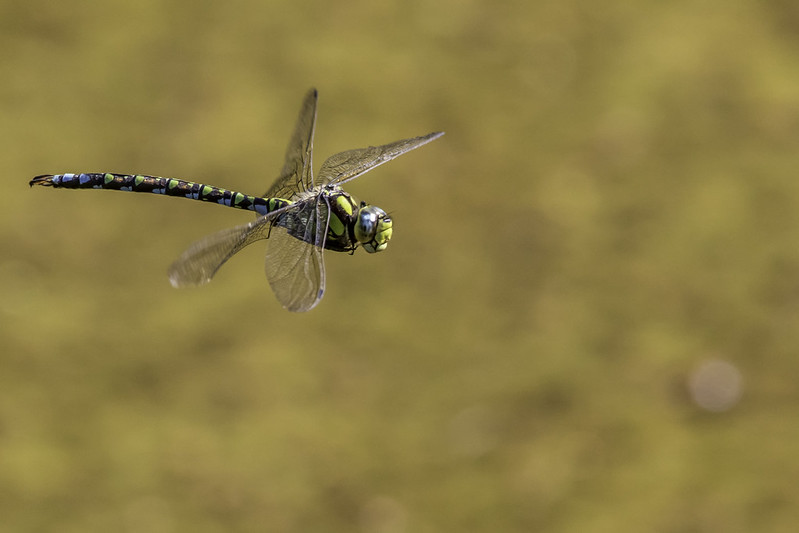
 migrant hawker #1
migrant hawker #1 common darter #2
common darter #2 common darter
common darter Migrant Hawker
Migrant Hawker Common Darters ovipositing
Common Darters ovipositing
